|
You can see the details by clicking the committee name.
The sub-committee 338 was estabilished in 2007. Committee members have
investigated the following topics.
- Assessment of concrete structures having problem of salt damage
- Technology of corrosion protection, repairing technology and quantitative evaluation of their performance
- Inspection and monitoring method of deterioration of concrete structures
|
| Subcommittee on Quality evaluation
and inspection system of historical structure (Subcommittee 216) |
|
The subcommittee 216 clarified the current
situation of concrete surface quality in concrete structures and the
necessity of completion inspection on the durability, that is not be
able to be assured by confirmation of compressive strength. Moreover,
the committee investigated LCC evaluation based on deterioration
prediction by considering concrete surface quality and cover thickness. |
|
JSCE-331 was
organized in May 2004, with about fifty young researchers and engineers in
Japan from both academic and industrial fields. The mission of JSCE-331 is
to widely study structural performance of deteriorated concrete structures,
namely due to reinforcement corrosion, by experimental and numerical
approach.
|
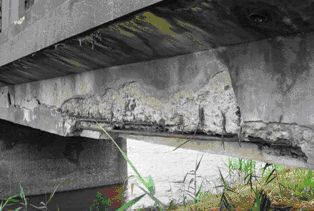 |
| Sub-committee on design and practice for fly ash concrete to further promote the effective use of fly ash in accordance with the performance-based design (Subcommittee 279) |
|
In 2007, JSCE concrete board committee established a sub-committee on design
and practice for fly ash concrete to further promote the effective use
of fly ash in accordance with the performance-based design. The subcommittee
will report the activity of 6 working groups at regular intervals in a
newsletter in 2009.@
|
|
The Committee on Roman Concrete, is one of the special subcommittees in
the Concrete Committee, Japan Society of Civil Engineers(JSCE). The committee
investigated the long-term durability of concrete, focusing especially
on the material phase.
|
 |
Subcommittee 201 was
established in 1988 to provide methodologies in education
related to concrete. The subcommittee held a series of lectures on the
fundamental points of concrete applications and distributed a
questionnaire
about the JSCE Standard Specifications for Concrete Structures and the
problems
encountered in the participantsf daily work. The data will be applied to
future
activities of the concrete committee.
|
|
Tarui viaduct was completed in Hashimoto Wakayama Prefecture in April 2002.
In October 2003, numerous cracks in the superstructure of the viaduct were
found. Further investigation of the entire superstructure revealed, a large
number of cracks in the top and bottom slabs and in the webs of the PRC
box girders, which generated unexpected deformation in the superstructure.
JSCE concrete committee established a Special Committee on Countermeasures
for Damages to Tarui Viaduct. The committee planned to complete a
study report after conducting an investigation on the cause of damage from
the academic viewpoint, evaluating the degree of soundness, and considering
the strengthening and maintenance methods.
|
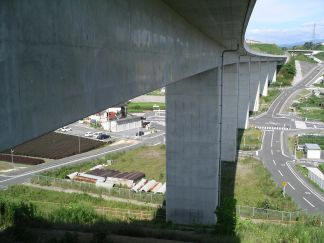
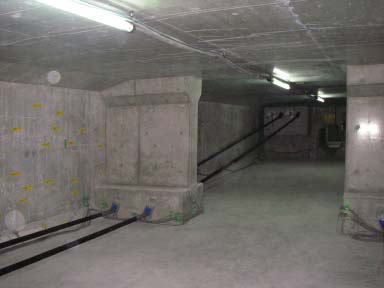 |
|
Recently, the increased
awareness
of low environmental impacts and efficient resource utilization has
resulted in
a high necessity for applicability of admixture material. For this
reason, the
333 committee was established and started its activities since September
2004,
aiming to clarify the relationship among various mineral/chemical
admixtures,
concrete quality and its performance. |
 |
|
Six month after the 1995 Hyogoken Nanbu Earthquake, the JSCE Task Committee
303 on seismic behavior of concrete structures (Chair: Prof. K. Maruyama,
Nagaoka University of Technology) was established, and fruitful discussions
on the seismic behavior and performance verification of RC structures were
held. Following the conclusions reached by Committee 303 in 2003, a Task
Committee 329 on seismic design of concrete structures (Chair: Prof. H.
Shima, Kochi University of Technology) was established. The objectives
of the activities of the committee are: to investigate the current technical
situation of seismic design, to investigate the techniques for a hgoodh
structural design using JSCE Standard Specifications for Concrete Structures
(Seismic Performance Verification) published in 2002, and to discuss about
the essential numerical techniques and the required performance of RC structures. |
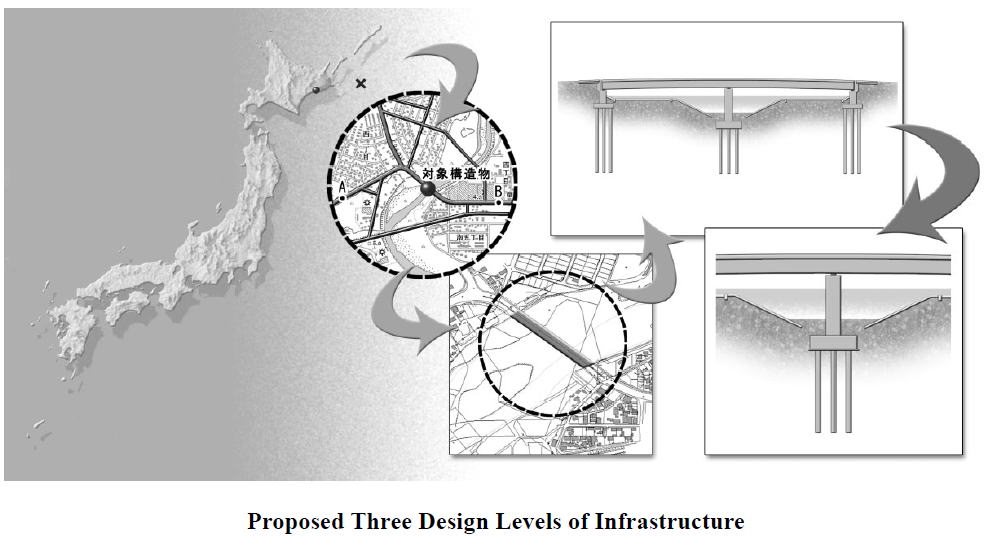
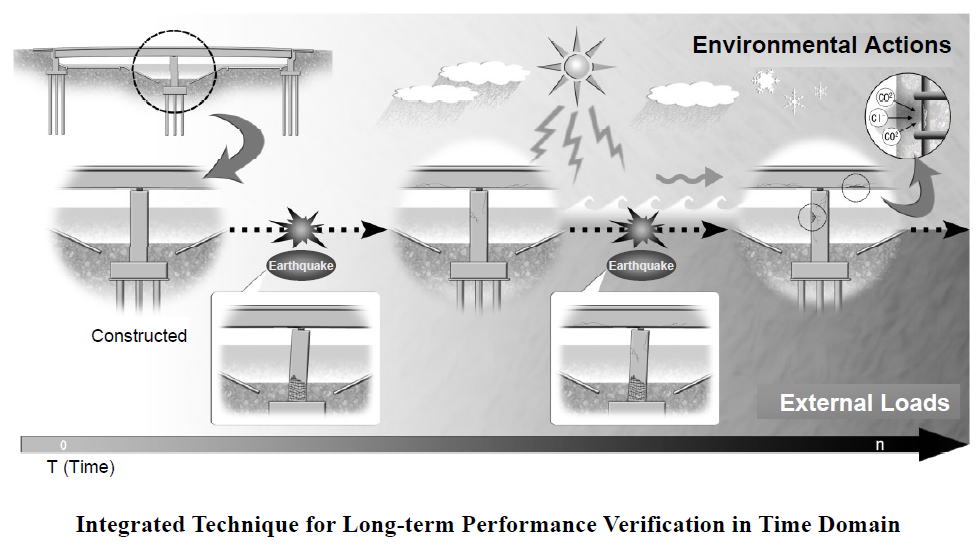 |
|
The Concrete Committee of Japan Society of Civil Engineers published
gRecommendation for Mix Design of Fresh Concrete and Construction Placement related Performance Evaluationh
in March 2007. Intensive research on fresh concrete workability and risk assessment of initial defects were
conducted by the JSCE subcommittee which then prepared a paper entitled gConstruction Placement related
Performance Evaluationh and was set up in September 2005 with the financial support from concrete production
and construction industries. This activity was accomplished on the background that concrete users and
practitioners are willing to have manuals to realize the performances as indicated in Standard Specification
for Concrete Structures - 2002 gMaterials and Constructionh, chapter 5 Performance of Concrete for
Construction. The mission of the sub-committee was extended to propose the drafts serving future revision
of the JSCE standard specification as well. |
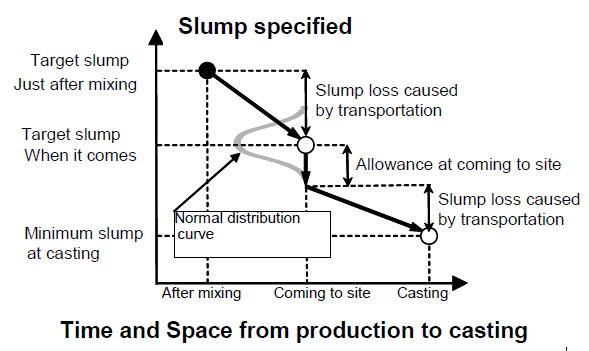 |
|
Under the JSCE Concrete Committee, there are more than 30 subcommittees.
The subcommittee 332 focuses on coupled problems of concrete and foundations,
including design of underground structures. It wasorganized in October
2004 and will publish a report on its activities of the first two years
in May 2007.
|
 |
| Subcommittee on Post-Construction Quality Verification of In-Place Reinforced
Concrete (JSCE 335) |
Early deterioration of concrete structures
after a short service time has
been frequently observed here and there. Though the durability design
scheme has been implemented the durability related integrity of newly constructed
structures could still not be indisputably guaranteed. The main caused
of the corrent situation are: no obligation to inspect in-place concrete,
favorable specimen-based quality verification, together with inappropriate
short guarantee period, lack of reliable verification technique, and suitable
verification system. In such a context, the need has emerged for
a system that will enable post-construction quality verification of in-place
concrete.
In response to the actual need, the subcommittee 335 was established in
September 2005. The purpose of the subcommittee is to discuss and
share opinion on related topics, review the current trend, point out the
problems and carry out collaborative researches among researchers and engineers
having the same interest on this matter.
Chairman: Prof. Toshiharu Kishi
Institute of
Industrial Science, the University of
Tokyo
Secretary: Dr. Isao Kurashige
Central
Research Institute of Electric Power Industry
Contact: Prof. Toshiharu Kishi
E-mail:kishi iis.u-tokyo.ac.jp iis.u-tokyo.ac.jp
Mailing
address: 4-6-1 Komaba, Meguro-ku, Tokyo
153-8505, Japan
|
|
Under the JSCE Concrete Committee, there are more than 30 subcommittees.
The subcommittee 331 focuses on structural performance of deteriorated
concrete structures, including reinforcement corrosion in concrete. It
was organized in May 2004 and will publish a report on its activities of
the first two years in September 2006. |
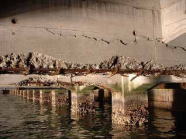 |
|
The Committee on Roman Concrete (Com-No. 114), is one of the special subcommittees
in the Concrete Committee, Japan Society of Civil Engineers(JSCE). The
purpose of this committee is to investigate the long-term durability of
concrete, focusing especially on material phase.
|
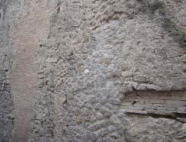 |
|
|